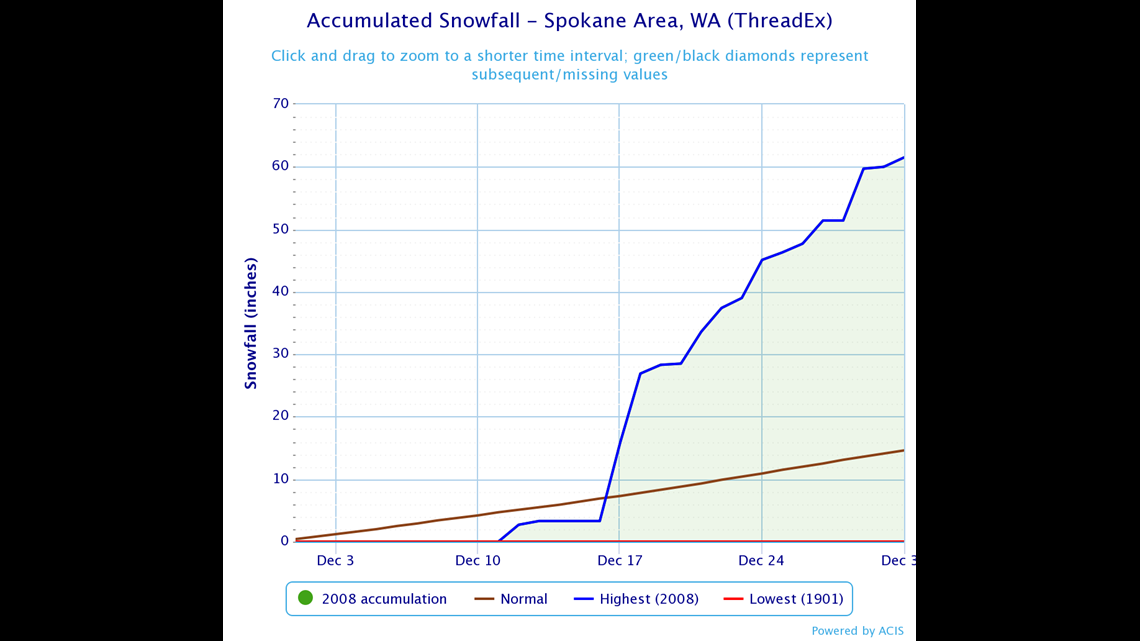SPOKANE, Wash. — If you look around Spokane, the only snow left is what has been hiding in the shade since our latest storm.
For the most part, it’s grass and dry pavement welcoming us into the month of December. But as we head into what is normally the snowiest stretch of winter for the Inland Northwest, there are plenty of reasons to keep the shovel handy.
The month of December offers the least amount of daylight and the lowest sun angle of the year. That means any snow that does fall this time of year tends to stick around a bit longer. December typically offers about 14.3 inches of snow in Spokane, a number we are a long way from seeing as we kick off the last month of 2020.

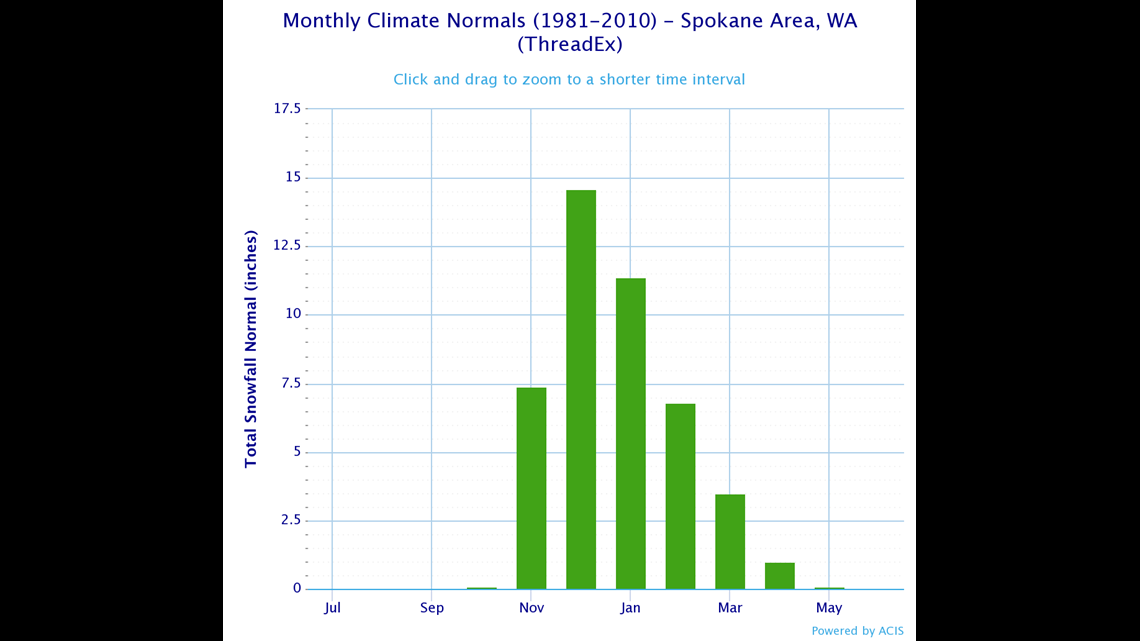
Despite the slow start to December, we’ve already seen quite a bit of snow here in Spokane this year. On average, we pick up about 8.7 inches of snow through Dec. 3. This year, we’ve already dealt with a whopping 17 inches of snow in Spokane. That’s almost double what we normally see.

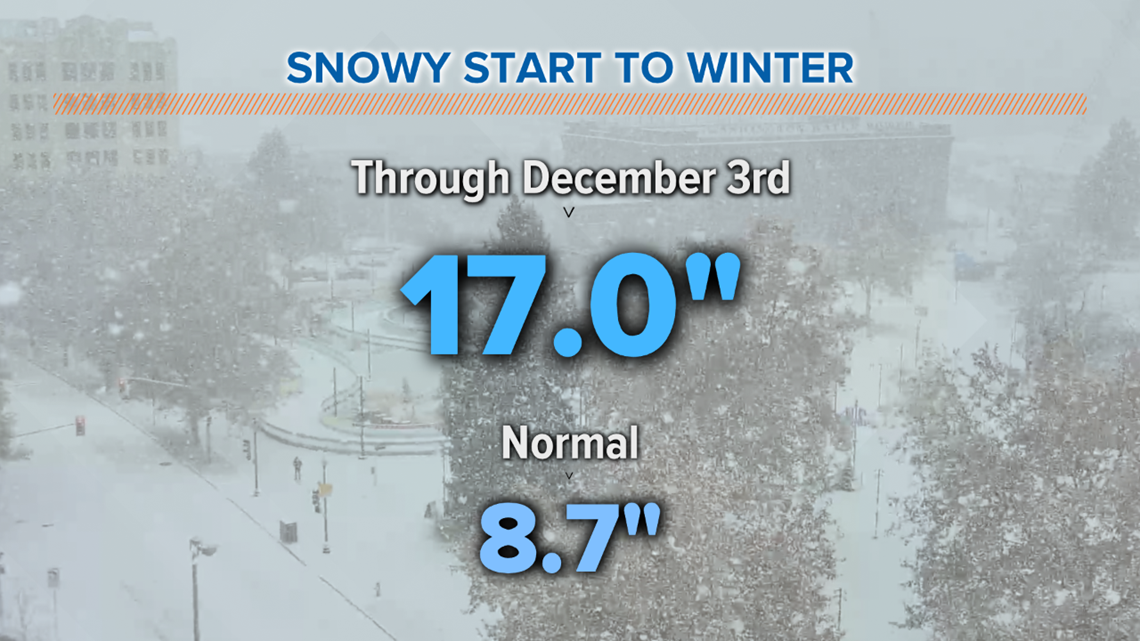
With all that snow, you might expect to see a little more on the ground. But with temperatures trending close to where they should be this time of year and the sun still high in the sky, most of that snow melted as fast as it fell.

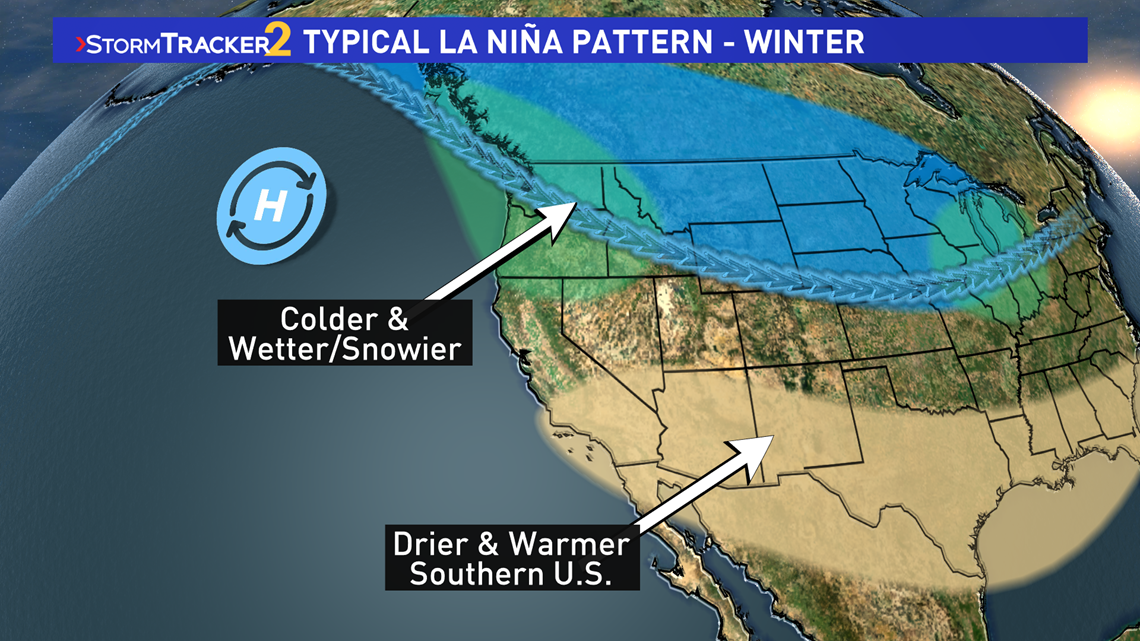
We’ve talked a lot about La Niña and what it means for our winter weather.
We are still in a La Niña pattern and that means more snow than what we see in a normal winter. Two La Niña winters in recent memory brought us more than 90 inches of snow. In 2007-2008 and 2009-2010, we saw 92.6 and 97.7 inches respectively.
For a little perspective, that is more than double the normal 44.9 inches of snow we see in a typical winter in Spokane.

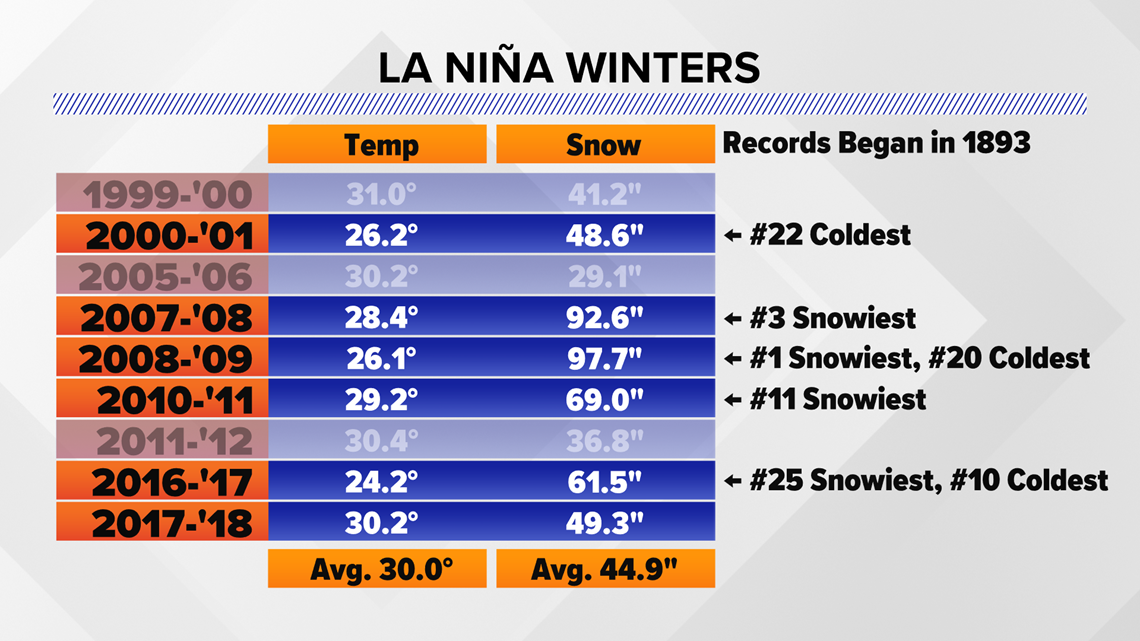
The 97.7 inches of snow Spokane saw in the 2008-2009 winter was the most snow the city has recorded in a winter in its almost 130-year history.
An even more jaw-dropping nugget of that stat: on Dec. 4, 2008, the snow season had brought a dismal 1.5 inches of snow to Spokane. Snow finally started to fly on Dec. 12 and, by the end of the month, the city picked up some 61.5 inches of snow with almost two feet still on the ground as the month closed.
La Niña winters are notorious for slow starts. While this year got a jump start on snow, don’t let our recent dry spell dash those hopes of a snowy winter.

